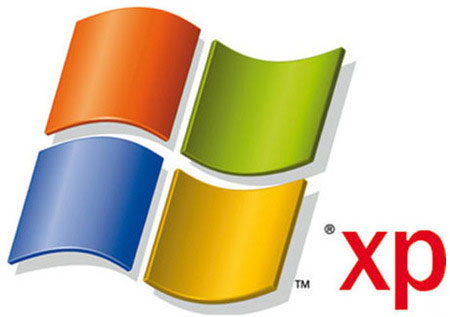By now most people that keep themselves updated with regards to the tech happenings would all be aware of Apple’s retraction of their claim that a Mac is the daddy of all computer monitoring software. In other words Apple claimed that a Mac is not susceptible to the viruses that wreck havoc with the Windows-based computers. That stance has been changed to a rather modest – and ambiguous – built-in safety claim.
The presence of Malware on Apple products has become a reality. Just ask any knowledgeable iPhone buff what their biggest concern with regards to the impending iPhone 5 release is and their answer would be: its security mechanism to counter iPhone spyware. So with the security concerns surfacing regularly Apple is upping the ante on security. Here are six ways that Apple has fortified its defense.
1. Lessons Learnt From Flashback
It goes without saying that it was the Flashback debacle that highlighted Apple’s procrastination in covering quite a few security bases. Obviously when 600,000 Macs were affected, it was the proverbial hand gesture towards the Apple hierarchy, and they had to do something about it – something that intriguingly took months to conjure up.
Apple’s lethargy with regards to acknowledging the presence – and the means to counter them – of malware like computer monitoring software became the butt of global ridicule. And now the company is ensuring that it learns its lesson and realize that Macs are under the malware gun relentlessly. Hence, the need to strengthen the security has become all the more important.
2. Gate Keeper Has Been Hired
Apple has been constantly revamping its security mechanism of late, which gives the hackers something new to think about. The OS X feature which has been dubbed the ‘Gate Keeper’ is being touted as the best thing that has ever stood next to the Apple door.
3. Sandboxing
Gate Keeper protects Mac devices owing to the fact that it channels the iOS aspects on Mac OS X. Apple has been hiring developers to sandbox their applications, which restricts the actions that a program can perform on a Mac device. It also keeps an eye on the files that can be accessed, and monitors the programs that can be launched. In simple words sandboxing reduces the area that is available for the spyware to strike a blow, which in turn increases the overall security.
4. Background Checks
A mechanism to restrict the execution of apps has also been formulated courtesy Gate Keeper. Users can ensure that their settings determine whether or not OS X should allow the applications in, which have been obtained via Mac. And for this purpose Apple has decided to build a developer ID codes database, and a related system of tracking.
5. Encryption
FireVault 2, the latest Apple maneuver introduced with Apple OS X 10.7 (aka Lion) offers full-disk encryption, to further hike up the security. And this when compared to the previous version of FireVault also confirms that Apple is taking Mac security rather seriously now. And who knows maybe they might have something similar to counter iPhone spyware on iPhone 5.










